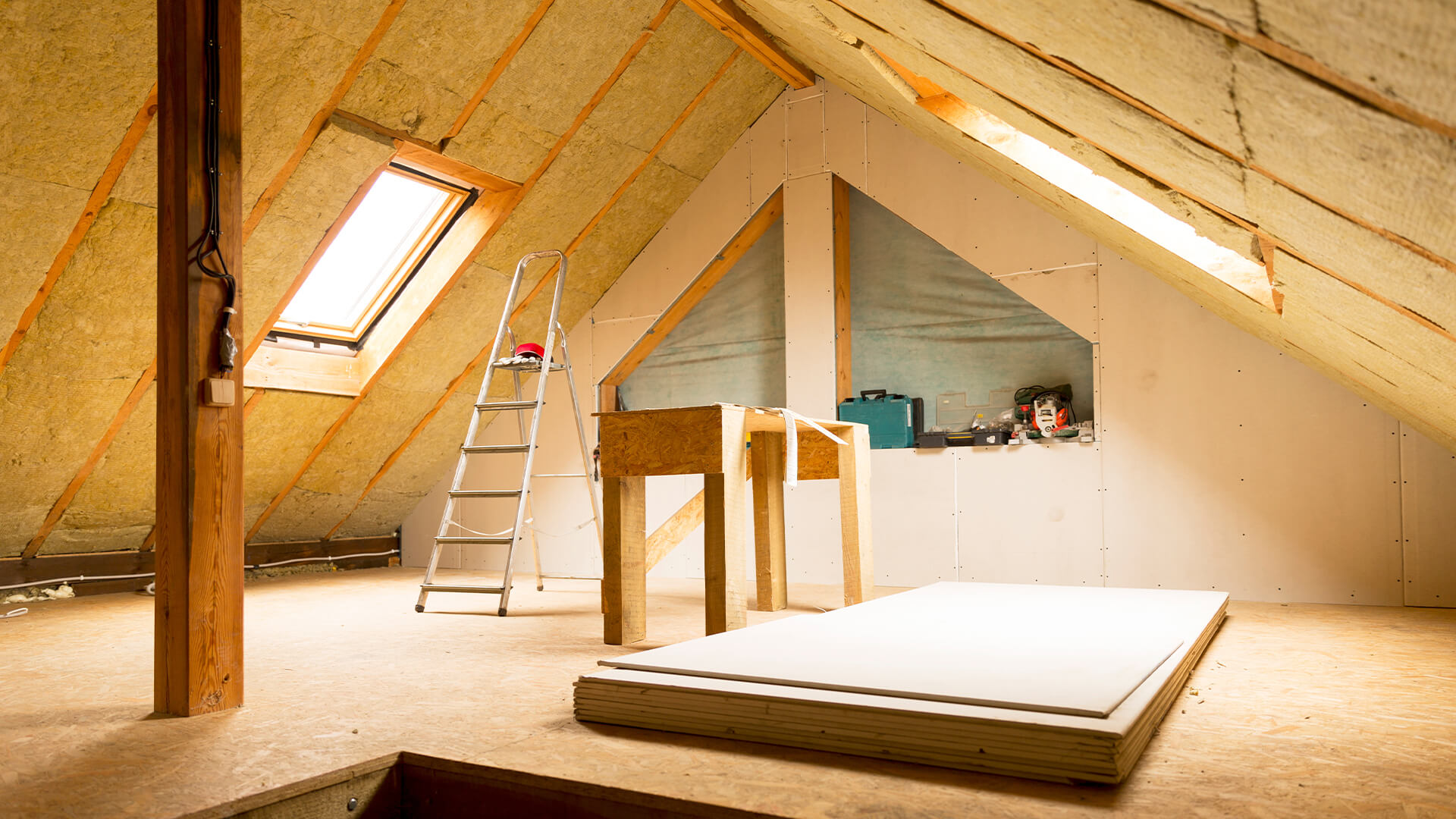A loft extension is one of the most popular home improvements for houses up and down the country. Given the fact that a quality design and build can add around 20% to the property value, it’s easy to understand its appeal. But before you get carried away, let’s take a step back and a deep breath, and think carefully about why and how to go about such a major project. Here are some of the key questions you should be asking.
Why do you need a loft conversion?
Most homeowners choose to convert their loft to add more space to the property, often as a preferable alternative to moving to a bigger home. ‘Moving up, not moving on’ can often be the perfect answer to a property you have simply outgrown, and loft conversions are usually much less intrusive to family life than, say, a building extension downstairs.
That said, there is such a thing as overdeveloping the property. Even if there are no planning restrictions for your loft conversions on account of your permitted development rights, bear in mind that every road has a ceiling price. Spend too much and you may not get back your investment when you come to sell.
What will you do with the space?
More space is never a bad idea, but what do you actually need it for? Most people will have a pretty good idea of the kind of room they want to put in the loft. Perhaps you’re envisaging an extra bedroom for house guests, for teenagers, or even for paying guests? Maybe it would be a great space for a playroom, den or media room? How about a study or home office away from the hustle and bustle of family life, or a hobby room, music or yoga studio where you can immerse yourself in your passions?
Many loft spaces end up being multifunctional rooms with a combination of uses, such as a study that can double up as a guest room when needed, or a multi-purpose chillout and games room. If you are thinking of including a bathroom at the top of the house, check to see if plumbing could be a problem and if there’s space for a shower only or a proper bathtub.
Be realistic about what can be achieved in what could be quite an awkward space with angled ceilings and restricted headroom. And choose built-in furniture to make the most of every nook and cranny – you can never have enough storage.
Is your loft suitable for converting?
Before you go any further, now is a good idea to get a loft conversion expert to assess the suitability of your loft. Luckily, most lofts can be converted but it usually depends on these three things:
- Internal height
You must have at least 2.2m clearance (ideally 2.50m), measured from the top of the ceiling joist to underneath the ridge.
- Roof pitch
The higher the angle of the roof pitch, the more head height you are likely to have to play with.
- Footprint
As a rule of thumb, you should have a minimum of 5.5m x 7.5m floor space to make a conversion worthwhile.
What permissions and approvals do you need?
The good news is that planning permission is usually not needed for a standard loft conversion that falls within permitted specifications. This does not apply, however, if you live in a Conservation Area or the building is listed. Check with your local planning authority to see what the guidelines are and obtain written confirmation that you can proceed without the need for planning consent.
Building regulations always apply to loft extensions. This includes, for instance, the structural strength of the new floor, the stability of the existing structure, the safety of the new stair design, the adequacy of sound insulation and various fire safety regulations.
If you are planning to convert the loft in a terraced or semi-detached house, you may also need a party wall agreement with your adjoining neighbours. The Party Wall Act 1996 sets out a statutory process to ensure all parties’ property interests are safeguarded and be be done by a party wall surveyor.
What are the different types of loft conversion?
Having established that your loft is indeed suitable for conversion, you now have several options, depending on the exact size and shape of your roof. These are the most common types of loft conversion.
- Velux loft conversion
This is the simplest and least expensive option which involves installing Velux-type skylight windows into the side of the roof.
- Dormer loft conversion
The most popular option, dormer loft conversions involve a small flat-roofed extension with a window, which provides extra usable floor space.
- Hip to gable loft conversion
This is a more complex build which involves altering the shape of the roof structure to provide additional space.
- Mansard loft conversion
A Mansard extension involves changing the whole shape of the existing roof to create essentially a flat roof with vertical outer walls.
What potential pitfalls should you be aware of?
Most loft conversion projects run smoothly, provided they’ve been properly designed, planned and executed. However, problems can crop up and it’s worth being aware of them early on in the process so you can hopefully avoid them altogether.
Stairs leading up to the new loft room can be an issue. Access can prove difficult and there are minimum head clearance regulations to abide by. Fire escapes may also need to be considered. Discuss with your architect or contractor how to address these potential niggles.
Plumbing can be a problem if you decide to incorporate a bathroom or shower room and WC in your loft conversion. Speak to your plumber about pipework for supply and waste. Don’t assume that additional radiators can be added to your existing central heating system; you may need an upgrade.
Finally, take the opportunity to upgrade your home insulation in the loft and roof space. Building Control will in any case inspect this, not just to ensure standards are met but also that you’ve prioritised energy-saving measures in the home.































